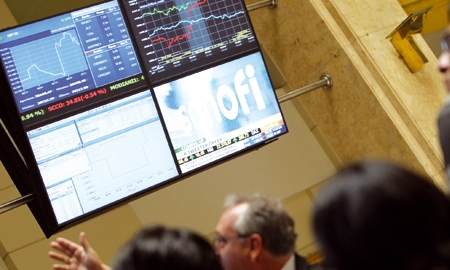Over the years, the stock market has experienced an extensive history allowing it to develop a genuine and trustworthy financing alternative for Peruvian companies and foreign investors.
“We shall continue to work on being a viable financing option for companies, so as to be able to offer investors more alternatives,” according to Roberto Hoyle, President of the BVL.
The most important event in the past few years, and one which has revolutionized Latin American stock markets, was the 2011 creation of the Integrated Latin American Market (MILA), which links together the Santiago Stock Exchange in Chile, the Colombian Stock Exchange, and the Lima Stock Exchange in Peru. This connection between the three stock markets on the Pacific coast of South America has resulted in the formation of the region’s biggest market in terms of issuers, the second largest in stock market capitalization, and the third in trading volume after Brazil and Mexico. In fact, the latter North American country last December signed an accord announcing its intention to join up with MILA.
The project of integration offers major advantages to investors, issuers and intermediaries. For the first group, it means more and better investment products, a greater diversification of risks, and the possibility of creating new portfolios for local client distribution. Issuers will have access to greater sources of financing, and they will see their costs reduced. In addition, the intermediaries will benefit from more attractive and competitive stock markets, an increased number of products to offer their clients, and will have the chance to adapt to international standards.
Characterized by the weight of mining companies such as Volcán B or Minsur S.A., the Peruvian exchange is diversifying with the aim of creating a full range of sectors with an important presence in the country’s assets. The current big stakeholder in the Lima Stock Exchange over recent years is the medium-sized company.
With the aim of accompanying these companies as they prepare to enter the stock market, the Alternative Securities Market (MAV) began functioning last August 29. Companies that make up part of this market “can count on fewer tariffs compared to the main market, fewer obligations and costs, and will be able to accede to greater quantities and lower financing taxes,” says Mr. Hoyle.
Other incentives for local and foreign investors to participate in the Peruvian capitals market include the BVL AVANZA program, which helps to restructure mid-sized companies and prepare their financing on the exchange, and the Corporate Governance Program, aimed at public and private companies, without a limit on turnover, with the intention of instilling good practices in the business management culture.

0 COMMENTS